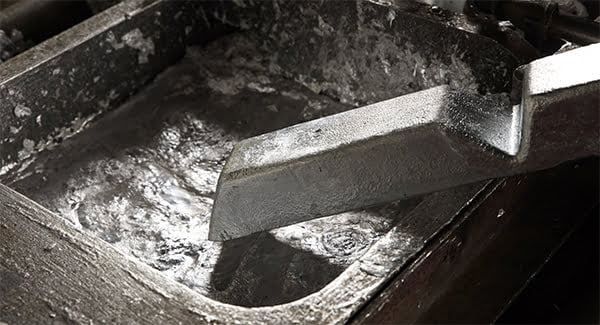The Precision Craft of Diecasting: Revolutionizing Manufacturing
The Precision Craft of Diecasting: Revolutionizing Manufacturing
Blog Article
Diecasting is a complex manufacturing method that plays a vital role in creating sophisticated metal products with high precision and repeatability. This technique involves injecting molten metal into a mold cavity using high pressure permitting the creation of complex shapes and elaborate designs that would be challenging to accomplish using other methods. Diecasting is widely used across different industries, such as electronics, aerospace, automobiles and other consumer goods because of its effectiveness and ability to produce high-quality parts. This article explains how diecasting works, highlighting its processes, benefits as well as uses.
The process of diecasting starts by preparing high-quality steel molds, commonly referred to as dies, which are designed to stand up to the extreme pressures as well as the high temperatures produced by molten steel. The dies are meticulously designed to capture intricate details and maintain tight tolerances, and ensure that each part is in compliance with the specific requirements of design. When casting is performed, metals such as aluminum, magnesium, zinc and copper are first melted before being in the cavity of the die under high pressures. This quick injection, and its subsequent cooling creates parts that have high dimensions and an even surface finish. Precision of the dies permits the making of complex components, which are often unattainable through other manufacturing methods.
One of the main advantages of diecasting is the ability to produce mass quantities. Once the dies are fabricated it is possible to create thousands of identical components with the least amount of variation. The high degree of repeatability is crucial for businesses that need large quantities of uniform parts. Diecasting is also known for its efficiency in materials. The process generates minimal pollution, since excess metal is re-usable in subsequent casting cycles. It not only lowers the cost of material but also promotes environmentally sustainable practices in manufacturing, by minimizing the use of resources and reducing waste. The combination of high manufacturing speed, accuracy in material performance makes diecasting an attractive option that manufacturers are looking to enhance their production processes.
Diecasting can also provide significant benefits in terms of mechanical properties and performance. Diecast components are recognized for their strength and durability that are crucial qualities for parts that are used in harsh environments. Fine-grain formation that occurs when the metal is rapidly cooled the metal contributes to these excellent properties, which make diecast components suitable for use in highly stressed environments. Moreover, diecasting allows for the integration of thin walls and complicated features without compromising the integrity of the finished product. This can be particularly useful for aerospace and automotive sectors, where cutting down on weight whilst maintaining strength and structural integrity is crucial for enhancing fuel efficiency as well as overall performance. To find more details kindly head to Senadiecasting
Diecasting's versatility extends to its wide range of possibilities. In the automotive industry diecast products are employed in the transmissions, engines and structural elements, which can contribute in the reduction of weight and energy consumption of vehicles. For electronics, diecasting is used to create heat sinks, housings, as well as connectors that ensure the best performance in thermal management as well as durability. Tools for power and household appliances, and toys also benefit from the precision and effectiveness of diecasting, with parts ranging from handles and knobs as well as internal mechanism. Its flexibility to various metals and its ability to produce parts with intricate designs make it suitable for numerous sectors, each benefiting from unique benefits that diecasting offers.
Diecasting is a vital manufacturing process that allows for the creation of precision, quality metal components across an array of different industries. Its ability to create intricate shapes that have tight tolerances, smooth surfaces is essential for projects requiring intricate details and consistent high-quality. Efficiency and value-for-money of diecasting further enhance its appeal as it supports mass production while maintaining high standards. Technology advances, and the demand for reliable, lightweight, and durable components grows, diecasting will remain a cornerstone of modern manufacturing, driving improvement and quality in production.